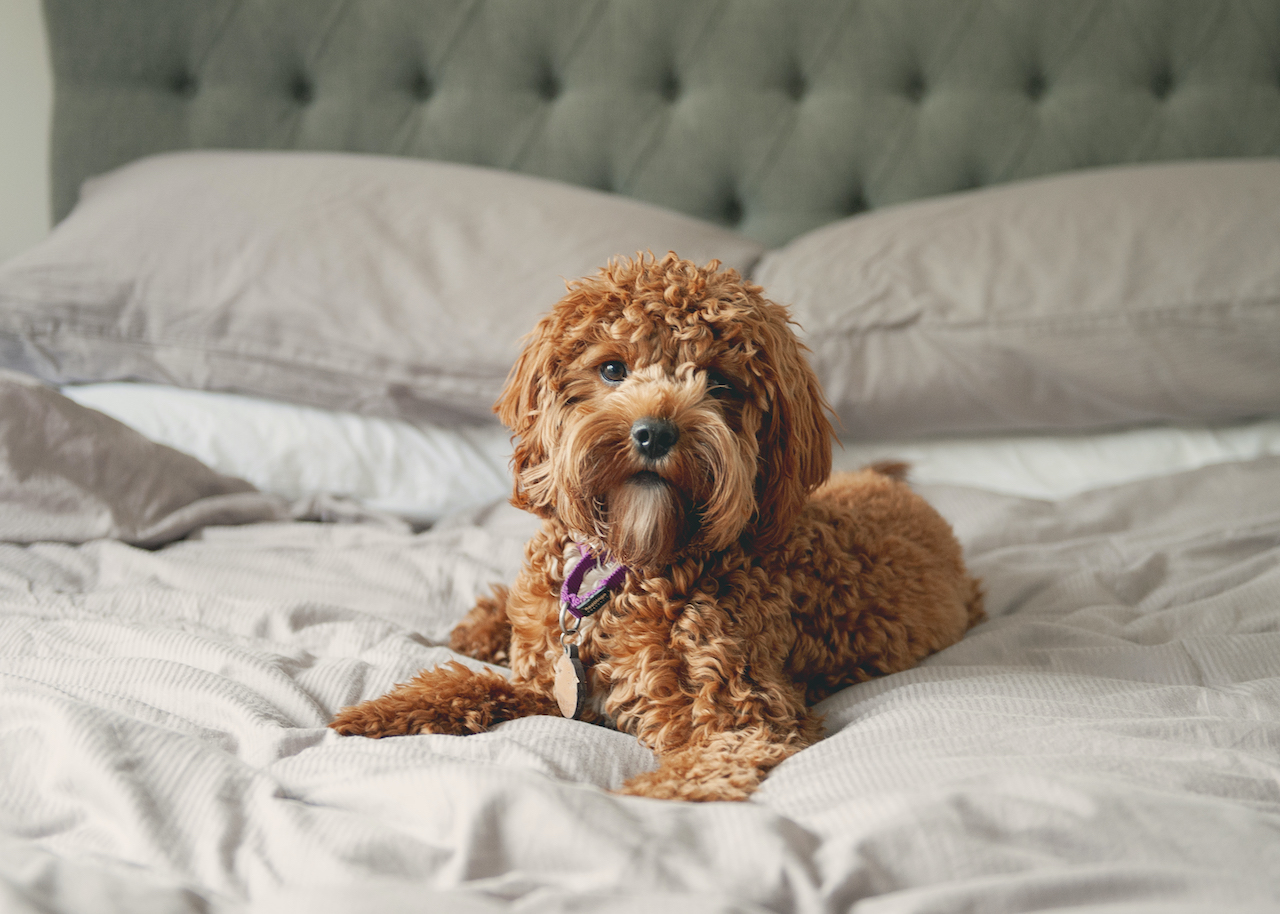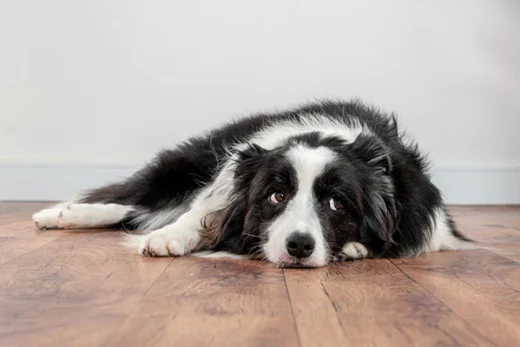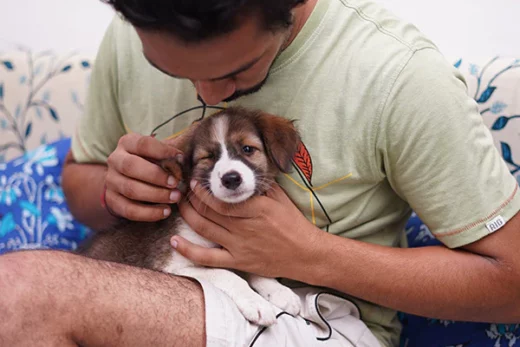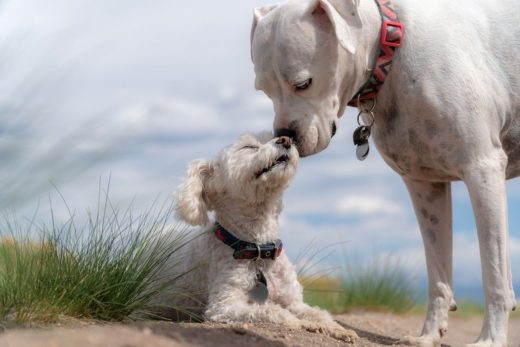
Introducing our brand-new tails.com behaviourist – Carolyn Menteith, whose years of experience mean she knows her stuff when it comes to all-things dog. She’s sharing her top tips for dealing with separation anxiety, especially in lockdown puppies.
“Up and down the country, and thanks to the pandemic, the face of dog ownership has changed. People whose working life has never before allowed them to have a dog have embraced the joys of puppy ownership – but now as the country starts to open up again, many people are wondering how to fit their dog into their working life.”
Home Workers
“For those people who will continue to work from home, even after lockdown is a thing of the past, the goal now has to be how to integrate your dog into your working life.
- Walk your dog before you start work, make sure they have somewhere comfortable that they can settle close to your desk, and ensure they always have fresh water.
- Set alarms for regular ‘dog breaks’. These will obviously need to be toilet breaks and any lunch break – but don’t forget a ‘middle of the day walk break’ and ‘play/training breaks’. Your dog doesn’t know that you are working – just that you are at home and ignoring them! By timetabling in regular dog time, your dog gets to have your undivided attention at reliable times during the day and so will be more likely to settle the rest of the time. As well as being great for your dog this also gives you a much-needed break, which home-workers are notorious for not taking. A total win-win!
- When you finish work, and before you pour yourself a much-needed glass of wine, take your dog out for another walk. This will help you wind down after your working day as well as give your dog the exercise they need.”
Back To Work?
“Some people however will need to return to the office or to their place of work, and for their dogs, life is about to change totally. If this is you, how can you help your dog prepare for life as a ‘home alone’ dog?
The first thing is to understand that being alone is totally unnatural for a dog. Dogs are a social species who feel safe and secure when they are around their social group. In contrast, being left alone can be a source of stress, fear or even panic. Separation related behaviour problems aren’t your dog being bad, naughty or trying to make you feel guilt for leaving them but instead vary in severity from mild anxiety to something closer to a full-blown human panic attack.
Symptoms can include: barking, howling, panting, loss of toilet training, destructive behaviour, scratching at doors, windows or carpets, self-mutilation, anxiety, and even aggressive behaviour.”





